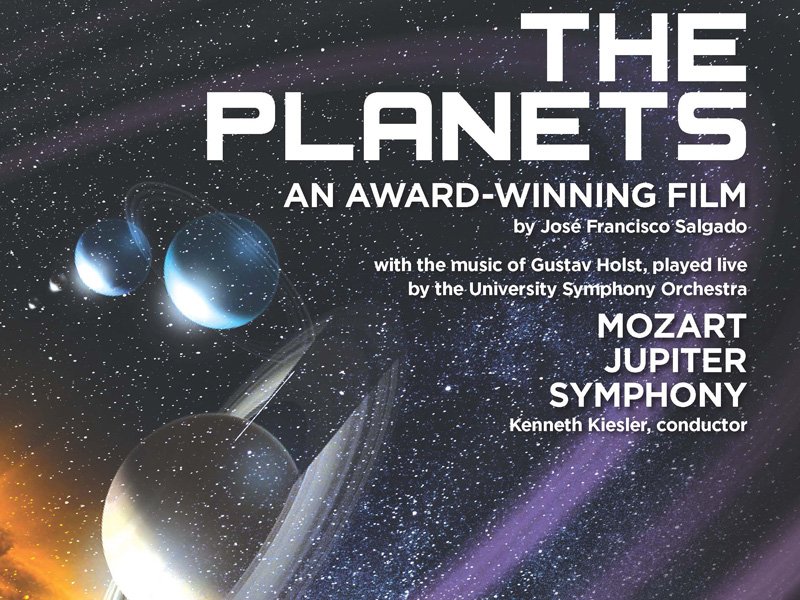As I expected, That Brown Show (TBS) was an impressive array of performances. I’ve got to begin by saying that audience etiquette is very different at this performance than they are in most performances I attend. Here, there was constant shouting from the audience, and sometimes the performers acknowledged them, too. It’s interesting, that interaction, because it’s something I’ve noticed just at TBS really.
The show began with renditions of both the American and the Indian national anthems. Both singers were quite good, but it proved to be quite the juxtaposition between styles of music: Alicia Kalsi, who performed the American anthem, sounded just faintly as if she were trying too hard, adding grace notes and extending her high notes – exactly how everyone that performs the American anthem does. Meanwhile, Vaidehi Dongre, who performed the Indian anthem, seemed to add very little froufrou to the song, and that plus the anthem’s narrower vocal range gave it a comfortable, effortless feel. I find it intriguing to compare the different definitions of a “classically trained” voice between American and Indian culture, because the way these two anthems were sung is a perfect example of the difference.
Most of the acts this year had a story to them. I can’t quite decide whether or not I liked the use of a video to introduce the premise. Some of these premises were surprisingly dark, and while I don’t object to the showcasing of serious themes, it seemed to cast a temporary shadow on an event that is normally (at least as far as I’m aware) on the exuberant side of things.
Each act was strong, very tightly knit and immaculately choreographed. Sahana Music’s performance was so beautifully blended I couldn’t tell who was doing what (though I wish I could have, because they all sounded fantastic). Michigan Raas had an amusing premise, that of one of India’s more well known dating websites) and their synchrony (barring a slight mishap) was excellent. Taal, who themed their performance on Alice in Wonderland, had a larger set piece that obscured some of the text on the screen, but this was more than offset by the way their dancing matched the disjunct quality of the book, and the clever way in which they created the face of the Cheshire Cat. Sahana Dance did a fantastic job of melding multiple dance forms together seamlessly, and their formations were so clean that even though I was in the balcony and not at the right height to appreciate the uniformity, I still did. Maize Mirchi had excellent harmonies and rhythms in their performance, although I’d definitely like to know what songs they sang and/or how they choose their music, because I didn’t see much of an Indian influence in their performance. Novi Nazar, a high school group, was a new addition to the ensemble performing at TBS (or at least they were for me – I’ve never seen them perform before), and I was impressed with their performance. The Michigan Bhangra Team had a wonderfully lively performance, and happened to use a snippet from one of my favorite songs, but I do wish the people dancing offstage in the wings had stayed behind the curtains more. Izzat, the show’s closing act, had an incredibly dynamic performance, with very nicely synchronized movements.
In the lobby of the theater was an art gallery showcasing a series of photographs taken to showcase the South Asian experience, each with a caption. The photographs were beautiful, but I do think the captions told more of a story – or maybe that’s just because I gravitate towards words.
The main impression with which I left the theater was that the choreography had been excellent. It is difficult enough to get two people to move in unison, but twenty? A near impossibility, and yet these groups all accomplished it magnificently. It speaks to the caliber of these groups and the dedication they have towards their art. I’m very glad I got to experience it.





